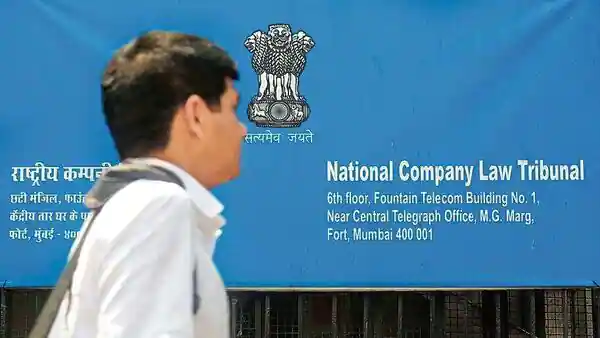[ad_1]
NEW DELHI : The National Company Law Tribunal (NCLT) has sought a major expansion of its capacity to further speed up the admission of bankruptcy petitions and clear the backlog of cases.
NCLT president and former chief justice of Manipur high court Ramalingam Sudhakar said that with more members in NCLT and infrastructure, the pace of admission of cases and resolution of bankruptcy cases would further improve.
The NCLT president said a request was made to the government for adding more members to the tribunal.
“We have asked for increasing the number of members. I think the government will consider it favourably. We have a sanctioned strength of 63 members, but we have only 28 members on board (at present). We are looking at about 50-plus more in addition to (the sanctioned strength of) 63 members,” said the NCLT president.
If it fructifies, it would see an 80% jump in the number of NCLT members.
The move is expected to bridge a major gap in the regulatory capacity as every year, around 180,000 new companies get incorporated.
The government has already started the process of filling up vacancies in NCLT.
A government official said that steps are being taken to fill up the vacancies of judicial and technical members and add more infrastructure to the tribunal, which has to hear not only bankruptcy cases but also cases under various provisions of the Companies Act, Competition Act and those relating to audits.
Sudhakar said members of the tribunal are sensitive to the need for expeditious adjudication, especially on matters of bankruptcy resolution.
“They (members) are already aware of it. We are trying to sensitize the legal fraternity to come with a more focused approach in presenting and addressing cases for early admission and resolution,” he said.
Sudhakar also said that the tribunal has prioritized certain important matters such as the admission of cases, resolution of cases and pleas for liquidation.
“There are so many stakeholders, it takes time in some cases,” Sudhakar said, explaining why some cases take longer than others to find a resolution.
Bankruptcy reforms rolled out the earlier regime of the Sick Industrial Companies Act (SICA) was replaced with the new Insolvency and Bankruptcy Code (IBC), which has seen intense disputes between various stakeholders of companies in distress—shareholders, lenders and potential investors—as they have competing interests.
Existing shareholders of defaulting companies fight back against the possibility of them losing management control.
Once a bankruptcy case is admitted to a tribunal, an administrator or resolution professional takes over its management.
Official data from the Insolvency and Bankruptcy Board of India (IBBI) showed that 61% of the close to 2,000 ongoing bankruptcy cases have been pending for more than 270 days. A parliamentary panel last August highlighted the need for faster settlement of cases and higher recovery for stakeholders.
IBBI has since made several changes to optimize the time taken to salvage companies and protect their value. As of the end of June, over 5,600 bankruptcy petitions had been admitted to tribunals.
An email sent to the spokesperson for the corporate affairs ministry on Monday seeking comments for the story remained unanswered at the time of publishing.
Download The Mint News App to get Daily Market Updates & Live Business News.
[ad_2]
Source link
John Miller has been writing about science, gaming, and tech culture for over a decade. He’s a top-rated reviewer with extensive experience helping people find the best deals on tech and more.



